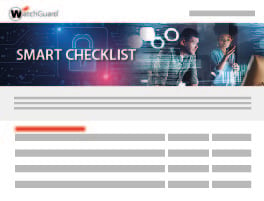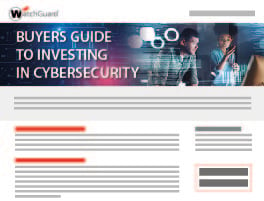In-House Security: Greater Control
Having an in-house security model gives decision-makers direct control of their IT infrastructure. This approach aligns with companies that have the capabilities to dedicate an entire IT operations team to protect the organization’s assets against cybersecurity threats. This includes implementing, managing, and responding to security events.

A Tailored Approach
In-house operations security models provide IT leaders with the autonomy needed to implement the solutions and monitoring systems they consider to be most aligned with the organization’s needs. It is also common that these companies adopt a strong risk tolerance posture and have a specific vision when it comes to agility and threat response.
The In-House Security Model

Bigger Investment, Greater Control
Establishing in-house cybersecurity requires a significant upfront investment to hire the team responsible for managing operations and to enable the technologies and systems that will shape the company’s IT ecosystem.

Known Complexity
In-house cybersecurity teams can have a deeper understanding of how environments are supported. This can help better manage the level of complexity depending on internal processes, like number of active operating systems, custom vs. standard applications, and integrations.

Intellectual Property
If your company has a unique approach and has proprietary security practices in place to prevent and respond to threats, the in-house security model allows you to manage access to the intellectual property.
How MSPs Can Transform the Security of the Hybrid Workforce
134 million workers worldwide will either be working remotely or in a flexible work model ~Canalys Estimates, March 2022
- Modern IT technologies are both improving security and boosting productivity
- Adding MSP services is a top security priority for many organizations with a hybrid workforce
- Outsourced security can help reduce operational costs
55%
of organizations lack in-house expertise to implement Cloud governance.
55% of IT leaders say that lack of in-house expertise is a top challenge when implementing Cloud governance in their organization (security, cost, compliance).
99%
of organizations outsourced some portion of cybersecurity operations.
Security operations, vulnerability management, and awareness and training are among the top outsourced categories.
67%
of IT leaders prioritize cybersecurity as an IT spending category.
Workflow automation (46%, down from 48%) was the second most common priority, followed by Cloud infrastructure (45%, unchanged from Q3).
65%
of organizations report a shortage of cybersecurity staff.
A lack of skilled/experienced cybersecurity personnel is the top job concern among respondents (36%) .



